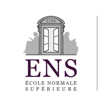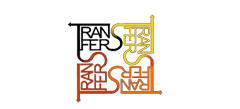Abstract
Hosted by four African capitals and designed as a turn-over by Africans of « their » history, the Biennale of Contemporary Bantu Art created in 1985 is an emblematic example of transnational artistic exchanges not dominated by the colonial powers. Each of its seven editions were based on a simple premise, yet subject to controversy: the existence of a common culture between the Bantu. This article studies this event focusing to highlight the historical and political context in which it occurs. Through the analysis of various aspects of the Bantu Biennale, we will identify the extent of the identity (or the identification) of Bantu acts as a passport or, conversely, a yoke under the artistic circulations in sub-Saharan Africa.
Recommended Citation
greani, nora. "Biennale d’Art Bantu Contemporain : passeport ethnique et circulations artistiques en Afrique sub-sahélienne." Artl@s Bulletin 5, no. 2 (2016): Article 7.






